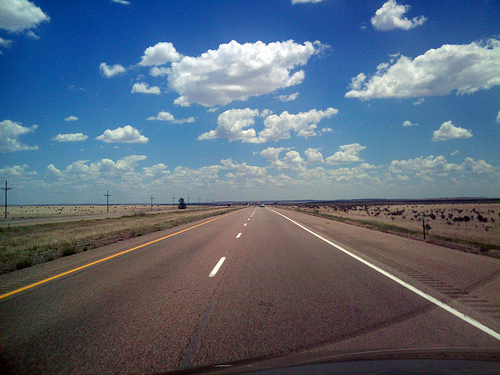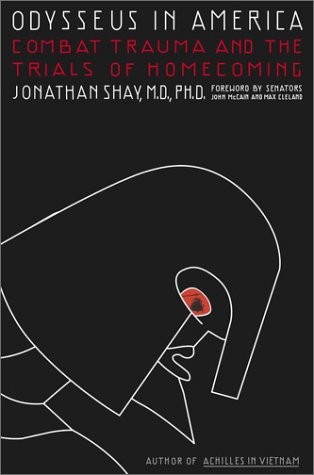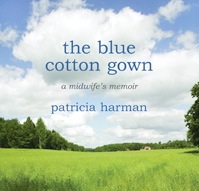
A large number of books could be offered here as potentially healing. I’ve chosen a handful–well, a rather large boxful–that resonate especially well with writing and healing.
The list begins with books of general interest. Following that, books are listed according to the month of One Year of Writing and Healing with which they best fit. Underlined titles link to a brief piece in which I’ve written about the book–or in which I’ve written about a topic that springs from the book.
Books of General Interest
Writing Down the Bones by Natalie Goldberg
The Artist’s Way by Julia Cameron
Writing Without Teachers by Peter Elbow
Opening Up by James Pennebaker
The Writing Cure by Stephen Lepore
Month One: Creating a Healing Place
Fern Garden by Deborah Schenck
Soul Garden by Donald Norfolk
Writer’s Retreat Kit by Judy Reeves
Noah’s Garden by Sara Stein
Bridge to Terabithia by Katherine Paterson
Month Two: Gathering Resources
The Boxcar Children by Gertrude Chandler Warner
Frederick by Leo Lionni
Still Life with Chickens by Catherine Goldhammer
Month Three: Finding a Healing Language and Healing Images
Healing Circle An anthology edited by Patricia Foster and Mary Swander
Poemcrazy by Susan G. Wooldridge
Speak the Language of Healing by Susan Kuner, Carol Matzkin Orsborn, Linda Quigley, and Karen Leigh Stroup
Month Four: Writing through and with Grief
Broken Vessels by Andre Dubus
A Map of the World by Jane Hamilton
What the Living Do by Marie Howe
When Things Fall Apart by Pema Chodron
Keeping Katherine by Susan Zimmermann
Writing to Heal the Soul: Transforming Grief and Loss by Writing by Susan Zimmermann
Month Five: Discovering Form(s)
A New Path to the Waterfall by Raymond Carver and Tess Gallagher
What You’ve Been Missing by Janet Desaulniers
Wishes, Lies and Dreams by Kenneth Koch
Year of Wonders by Geraldine Brooks
Month Six: Figuring Out the Good Part
I Had Brain Surgery, What’s Your Excuse by Suzy Becker
Staying Alive, a poetry anthology edited by Neil Astley
White Oleander by Janet Fitch
Month Seven: A Different Perspective: Thirteen (or More) Ways of Looking
The Fabric of the Cosmos by Brian Greene
Writing with Power by Peter Elbow
Month Eight: Writing and Healing as a Quest
The Wounded Storyteller by Arthur Frank
Swimming to Anarctica by Lynne Cox
The Boy Who Drew Cats by Margaret Hodges
Women Who Run with the Wolves by Clarissa Estes
Month Nine: Two Steps Forward and One Step Back: Writing in the Face of Resistance
Long Quiet Highway by Natalie Goldberg
The Spiral Staircase: My Climb Out of Darkness by Karen Armstrong
A Path with Heart by Jack Kornfield
The Resilient Writer by Catherine Wald
Month Ten: Healing Conversation
Altars in the Street by Melody Chavis
The Last Chinese Chef by Nicole Mones
Jamesland by Michelle Huneven
84 Charing Cross Road by Helene Hanff
When Words Heal: Writing Through Cancer by Sharon Bray
Month Eleven: Deep Revision and Creation
The Things They Carried by Tim O’Brien
The Heroine’s Journey by Maureen Murdock
Month Twelve: Looking Ahead: Writing About Dreams and Goals
Stronger than Dirt by Kim Schaye and Chris Losee




